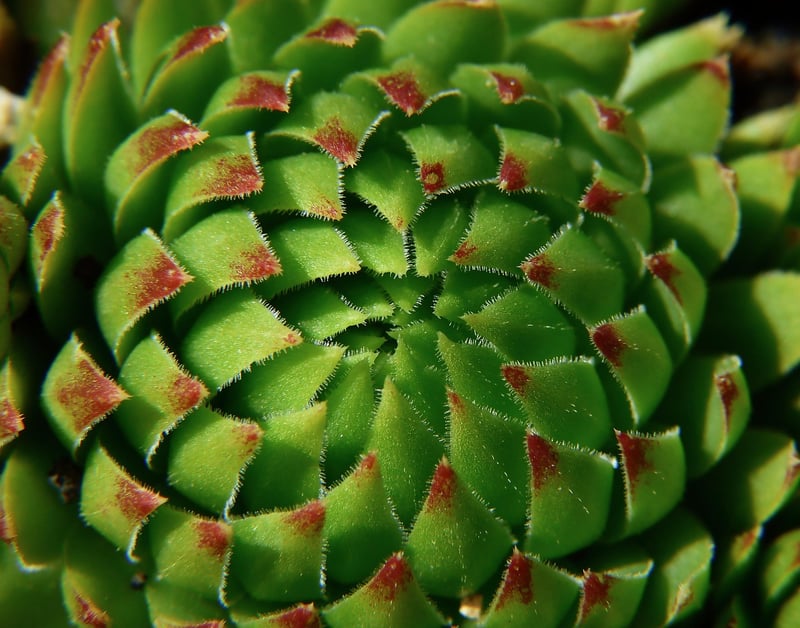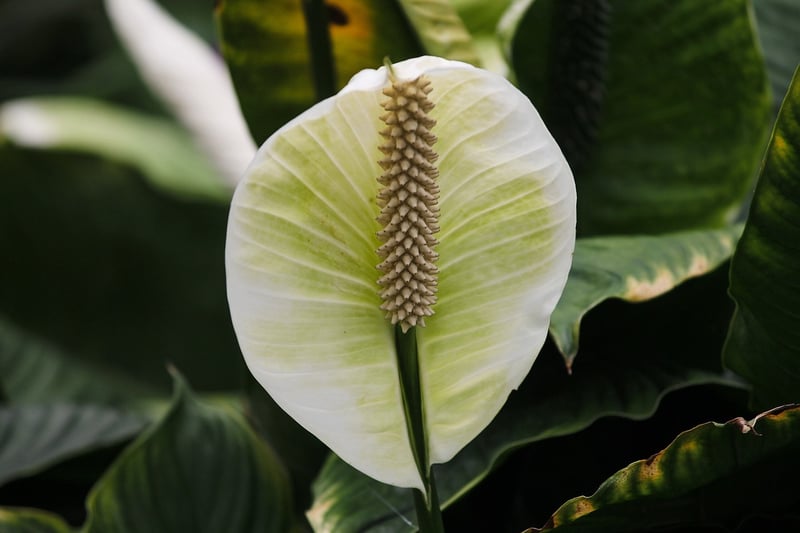Sunlight Requirements
How to Maintain Healthy Plants: Understanding Sunlight Requirements
Plants are a great way to bring life and color into your home or garden. To ensure they thrive, it's important to understand their sunlight requirements. Different plants have varying needs when it comes to sunlight exposure, so knowing how much light your plants need is crucial for their health and growth.
Types of Sunlight Requirements
Plants are generally classified into three categories based on their sunlight needs:
1. Full Sun Plants
Full sun plants require at least 6-8 hours of direct sunlight each day. Examples of full sun plants include succulents, cacti, and most flowering plants. These plants typically thrive in bright, sunny areas and may struggle if they don't receive enough light.

2. Partial Sun/Partial Shade Plants
Plants that fall into this category need 3-6 hours of sunlight per day. They can tolerate some direct sunlight but also require periods of shade. Examples of partial sun plants include ferns, begonias, and some herbs.

3. Shade-Loving Plants
Shade-loving plants thrive in minimal sunlight and prefer indirect light or dappled shade. These plants are ideal for areas with limited sunlight, such as under trees or in north-facing windows. Examples of shade-loving plants include peace lilies, ferns, and calatheas.

Tips for Providing Adequate Sunlight
- Place sun-loving plants near south or west-facing windows to ensure they receive ample sunlight.
- Rotate your plants regularly to promote even growth on all sides and prevent them from leaning towards the light source.
- Monitor your plants for signs of sunburn, such as wilting, yellowing, or scorched leaves, and adjust their placement accordingly.
- Consider using artificial grow lights for plants that don't receive enough natural sunlight indoors.
By understanding the sunlight requirements of your plants and providing them with the right amount of light, you can help them thrive and flourish. Remember to observe your plants regularly and make adjustments as needed to ensure they receive the optimal light conditions for their growth.
